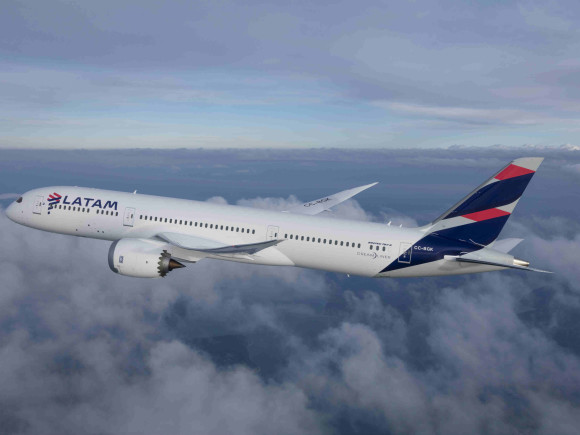Latin America based major carrier LATAM Cargo has added new FLEX product to its portfolio of services last year to ensure consistent delivery throughout their entire international network. Cristián Ureta, CEO of LATAM Cargo, analyses the rationale for launching this new product strategy and the potential markets the airline company is looking at to expand in the coming years.
How has year 2016 been for LATAM Cargo?
2016 has been a year of transformation for LATAM Cargo. We consolidated our single brand and, along with it, a new way of differentiating our offering with the launch of our new products portfolio, specially designed for the current needs of our customers. In addition, we continued our restructuring and efficiency plan, which includes the adjustment of our freighter fleet and of our organisation’s structure. Our goal is to be more efficient, more focused on our customers’ needs and be able to adapt to the changes that the industry requires.
Regarding our results, they reflect the complex economic situations that the Latin American Region has faced through the year. Our traffic decreased in about 8.7 percent versus the last year and we adjusted our capacity by 5.3 percent, which led us to a load factor of 51.7 percent. An improvement of the freight volumes during the last months of 2016, together with the above mentioned restructuring and efficiency plans, allowed the company to improve its load factor until almost 57 percent in the last trimester of the year.
What are the potential markets you are looking at to expand in future?
We are continuously working to improve our network with better connectivity in order to create more and better alternatives to our customers. This also means adding new destinations, whether on new routes with passenger aircrafts, such as Johannesburg, or connecting to Asia with our interline partners to provide more capacity to the growing Chinese market.
We have also focused on projects to add new services in domestic markets, such as improvements in the portfolio of products in Brazil and a soon to be launched “Ajato”, our new parcel service in that market.
Your rationale for launching new product range FLEX for international market and how do you think it will contribute to positive growth numbers?
The FLEX service responds to a need for optimisation. On one hand, our customers can optimise their chain by defining their boarding priorities in relation to the time and price offered by our service. On the other hand, we can choose different routing alternatives to improve our load factors and balance our network. Ultimately, we will increase the shipped tonnes contributing to the growth of our revenues.
What’s the plan ahead for your fleet size enhancement?
This year we are returning three leased freighter aircraft: 1 767F and 2 777F, which were actually under-used in our network. This will allow us to improve our efficiency, focus the capabilities of our freighter fleet on those routes that are most valued by our customers and on the routes that complement our cargo operations in passenger aircraft.
Our fleet plan contemplates that by the end of 2017 we will be operating 8 767F and 1 777F out of our 2 777F. The other 777F is subleased to a third party outside our Region.
How do you envisage the future of air cargo industry in the coming years?
Air cargo market growth projections in general are not very promising, and we should double our efforts to be more competitive in an industry that is also over-supplied.
The airlines that exclusively operate freighters will have a greater challenge: how to compete with increasing cargo capacity in passenger aircraft. This trend, in addition to the challenges of a rising oil price, will likely drive freighters’ supply to decline.
We are confident that our transformation plan will allow us to be more efficient and offer a more adequate service to the needs of our clients, consolidating our leadership in the area.
*Published in STAT Trade Times. Read the original article here.
